Iranian 1979 revolution
-
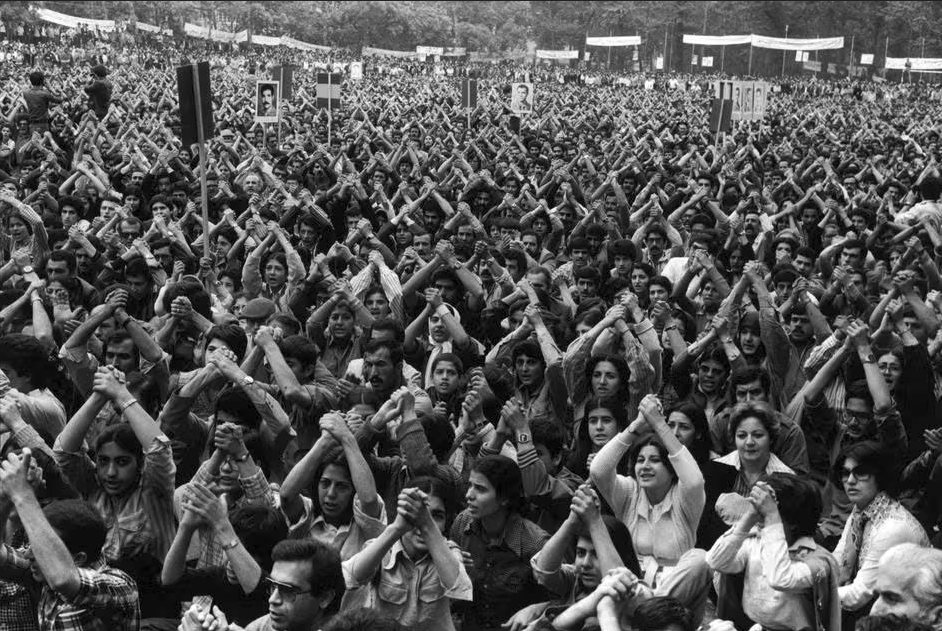
Nostalgia vs. History: Why the Iranian Revolution Was No Accident
•
Khosrow Sadeghi Boroujeni’s article critically dismantles revisionist narratives that seek to erase the realities of Iran’s pre-revolutionary era while blaming the 1979 revolutionaries for the rise of the Islamic regime. He challenges both monarchist nostalgia and reformist pragmatism, exposing how these perspectives manipulate historical memory to serve political agendas. Boroujeni…
-
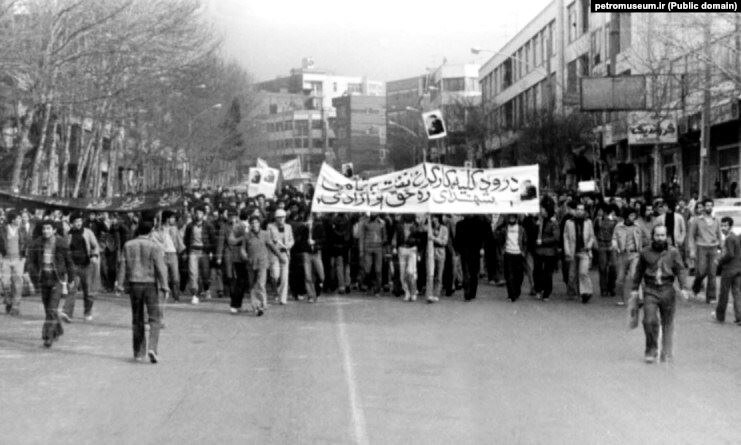
Foucault, Iran Revolution,
and the Question of Orientalism•
After several decades, we think that Western intellectuals in 1979 were mistaken about the Iranian Revolution, or, at best, were deceived by the words and behavior of Islamist who oppressed the revolutionaries and the “tricks” of the their leaders. But this is true? Can we add that these were intellectuals…
-

Islamism, Pseudo-Marxism and Ali Shariati
•
The phrase “camel, cow, leopard” symbolizes a confusing mixture, something Iranians use to describe Ali Shariati’s complex blend of Islam and social science, reshaping young Iranians’ views. Asef Bayat’s book details Shariati’s role in the 1979 Iranian Revolution, portraying him as a thinker who challenged Western ideologies and traditional religion…
-
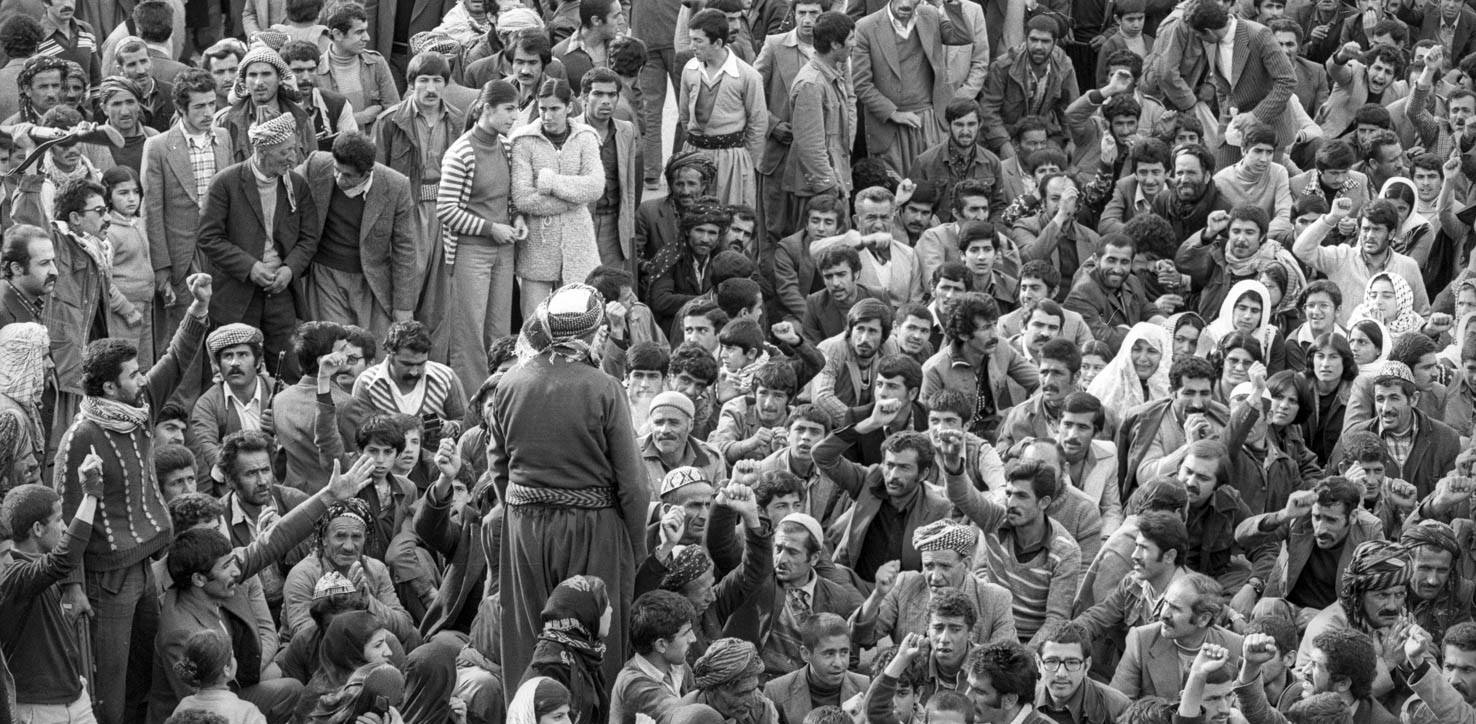
Untold Story of Binke:
The 1979 Resistance of Sanandaj’s City Council•
In a bold and unapologetic exploration, Zaniar Omrani’s documentary “Binke” (The Base) tears into the fabric of Sanandaj’s contemporary political landscape. Omrani doesn’t just depict history; he thrusts viewers into the heart of the furnace. From the explosive liberation of political prisoners in 1979 to the tumultuous birth of Rojhelat’s…
-
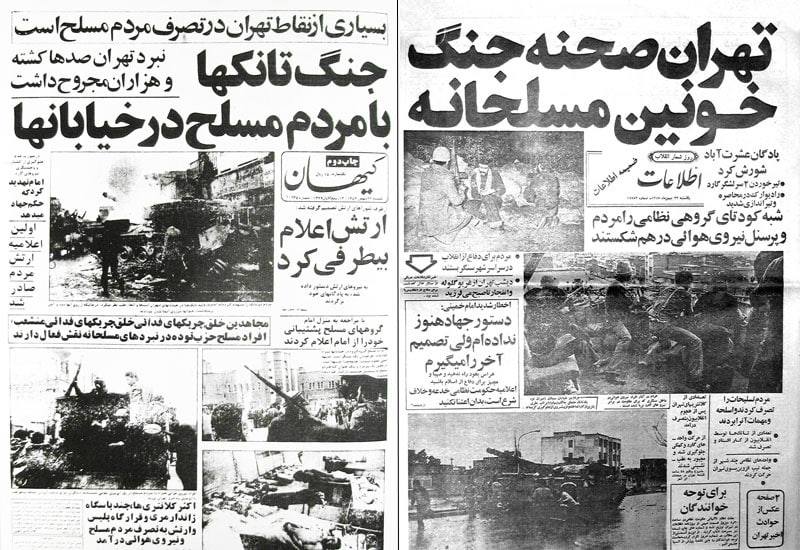
Hidden Histories:
Insights into Bahman Uprising•
On February 11, 1979, Tehran saw an organized, well-armed uprising against state forces, leading to the fall of the Shah’s regime. Guerrilla groups, alongside a determined public, captured key locations including police stations, military barracks, and the radio-television center. Despite resistance, the insurgents secured arms, released prisoners, and occupied government…
-

Iran 1979: Between Anti-Imperialism and Socialism
•
Valentine Moghadam’s article, “Socialism or Anti-Imperialism? The Left and Revolution in Iran,” analyzes the ideological complexity of the Iranian Left during the revolutionary period. It explores the Left’s commitment to anti-imperialism and its critique of dependent capitalism, while also addressing its failures and challenges. The article delves into the impact…
-

Middle East and The Fate of Populism:
Iran, Palestine and Beyond•
“The Fate of Third Worldism in the Middle East: Palestine, Iran and Beyond” explores the region’s shift from Third Worldism—a revolutionary, anti-imperialist ideology of the 1960s, aimed at universal emancipation—to authoritarian religious governments in the 1980s. Rasmus Christian Elling and Sune Haugbolle’s book discusses how the promising liberation movements in…
-
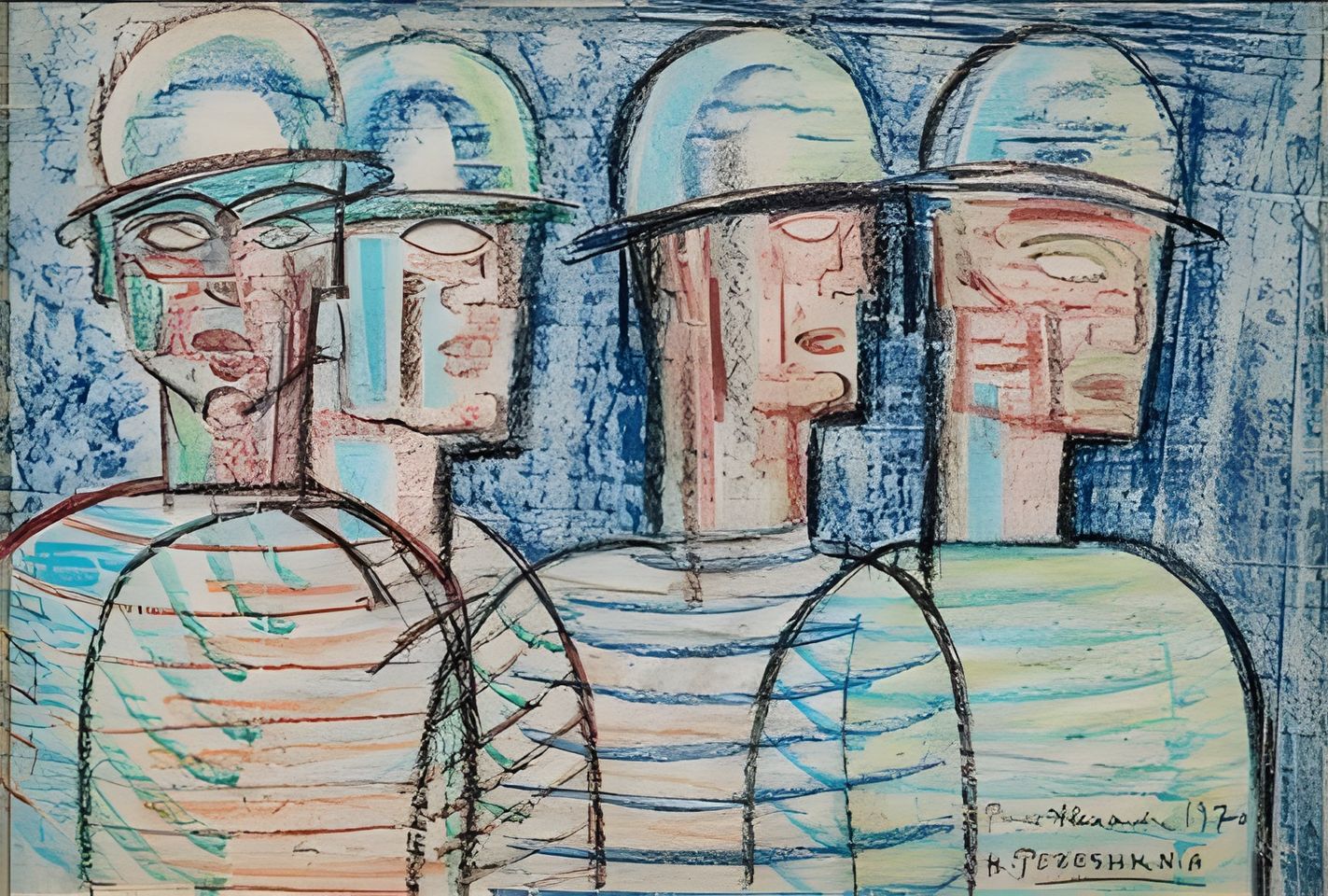
From Behind Bars:
Analyzing Past Revolution to Shape a Revolutionary Future•
Shahrokh Zamani, a revolutionary socialist and labor activist, faced imprisonment and mistreatment for his activism. He analyzed the 1979 revolution and the subsequent suppression of workers and revolutionaries. He emphasized the importance of organized resistance and the establishment of independent organizations for achieving freedom. Reflecting on past failures, he highlighted…
-
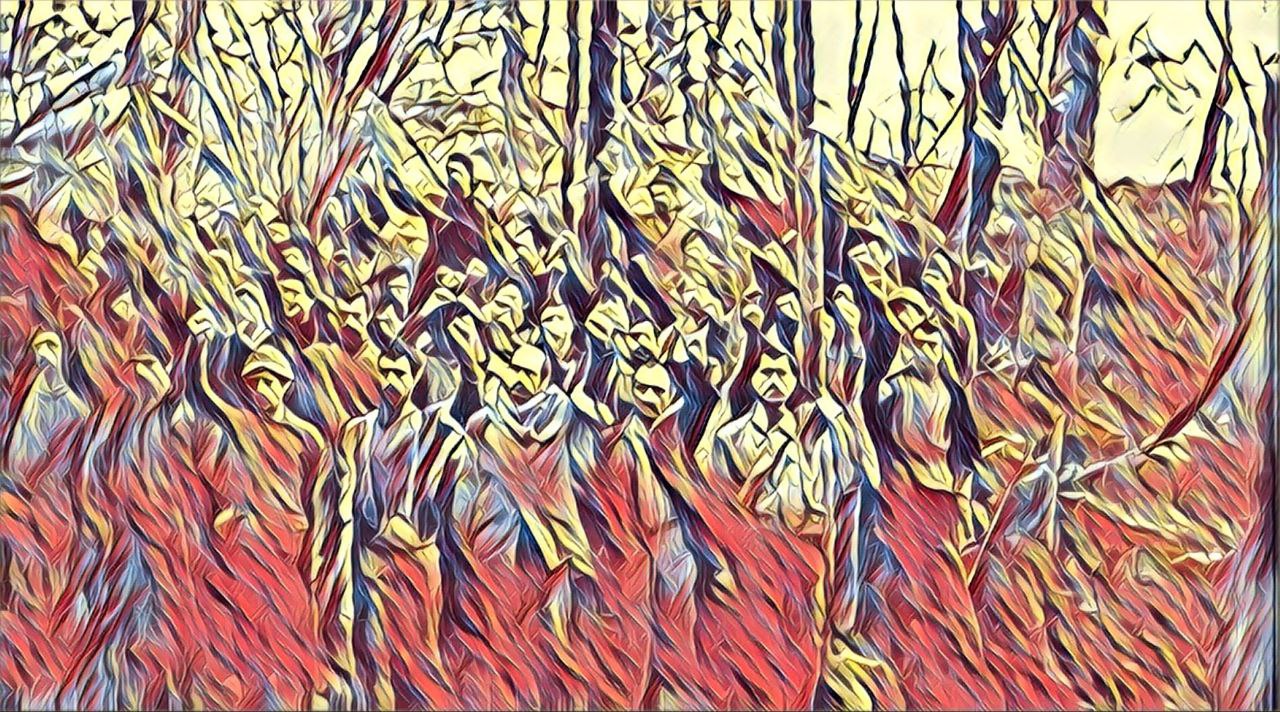
Uncovering the Truth;
The 1980s Purge of Iran’s Leftists•
In the 1980s, following the Iranian Revolution, a wave of repression and violence was directed against leftist political opponents by the newly established Islamic Republic. This included the execution of many left-wing political prisoners, who were seen as threats to the new regime. The exact number of political prisoners executed…



